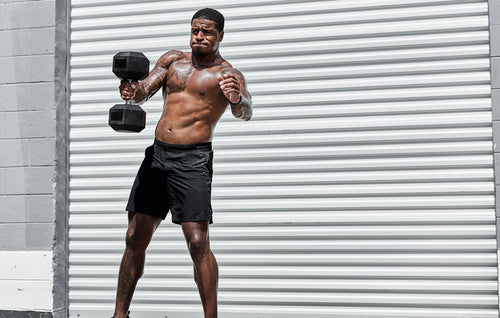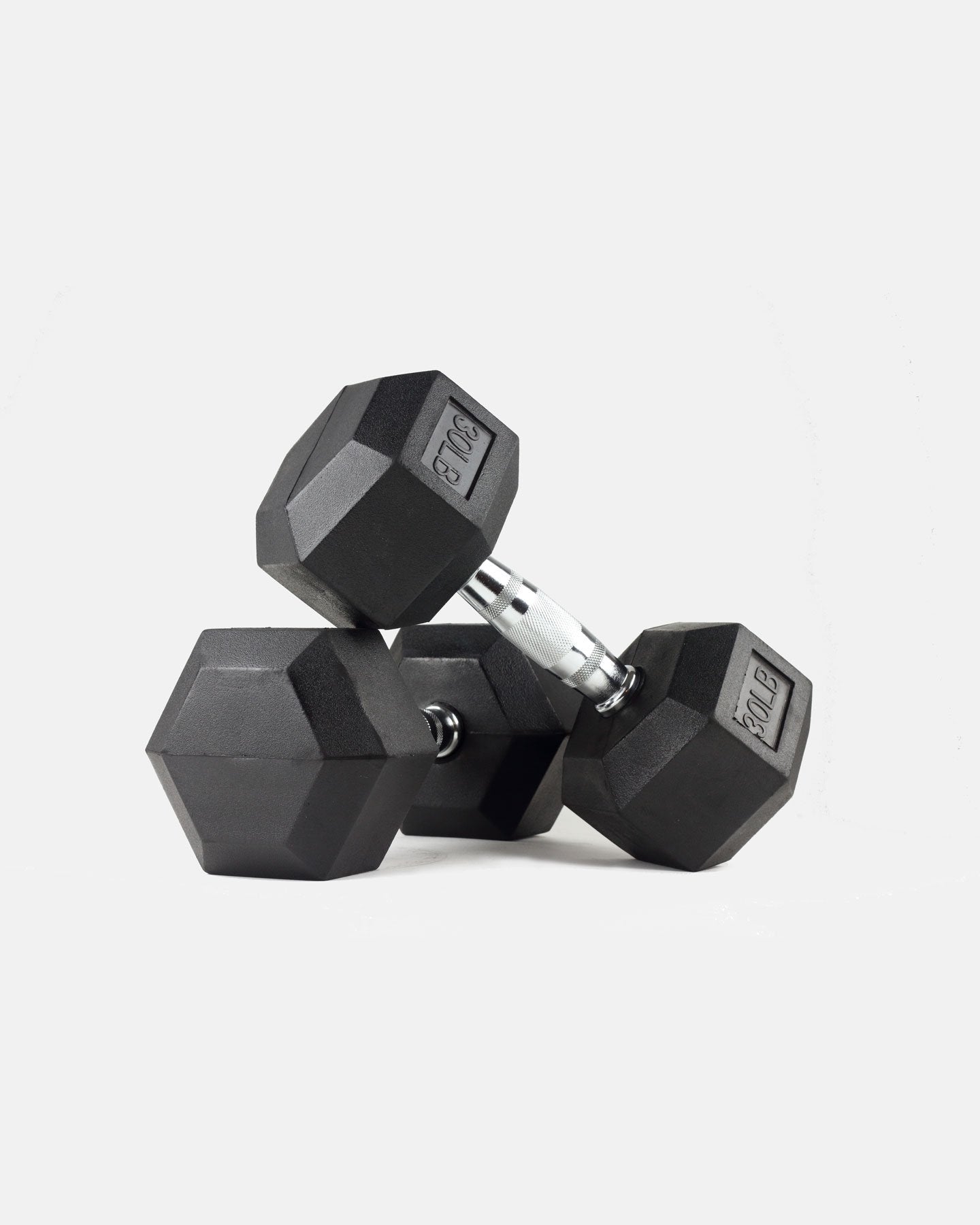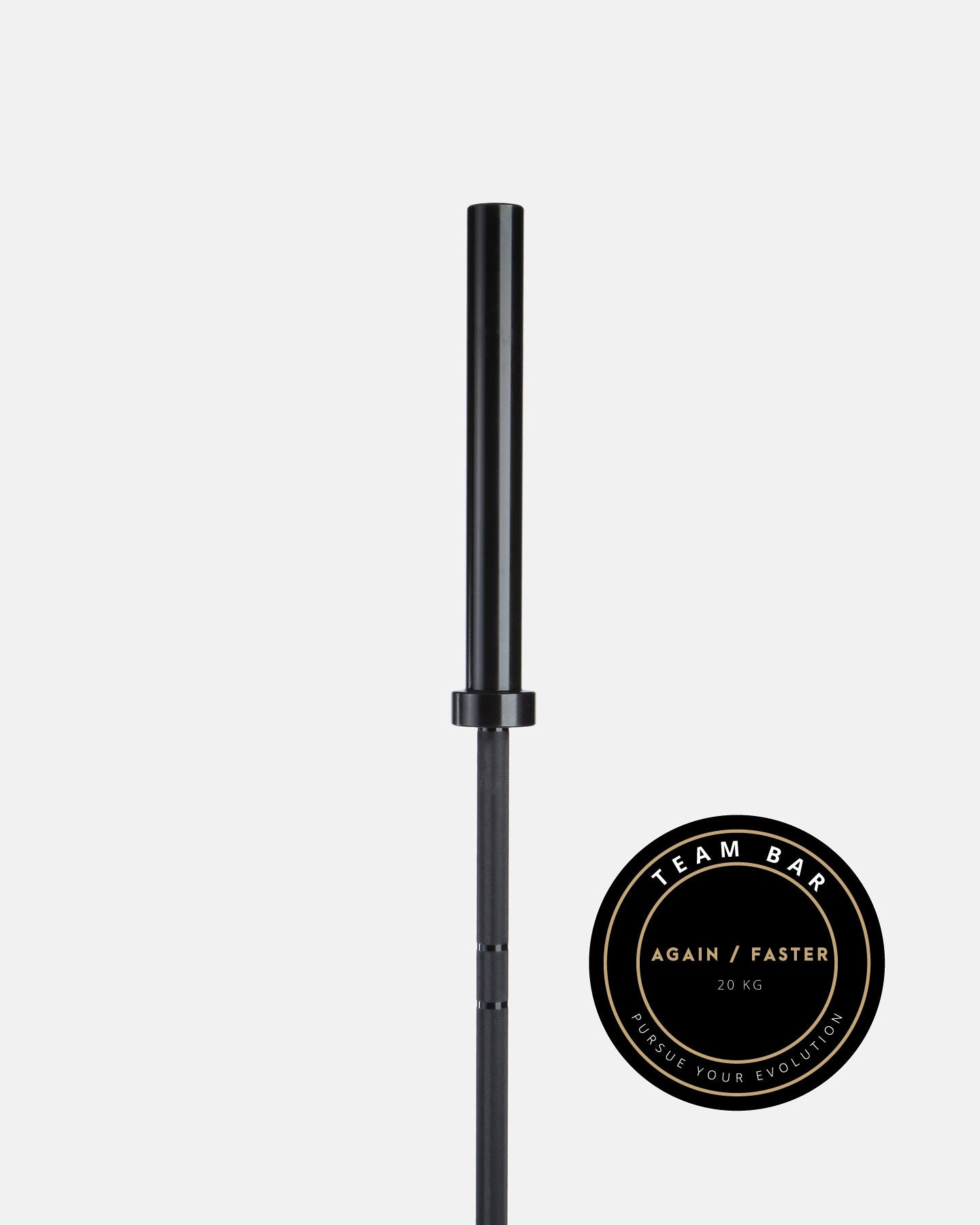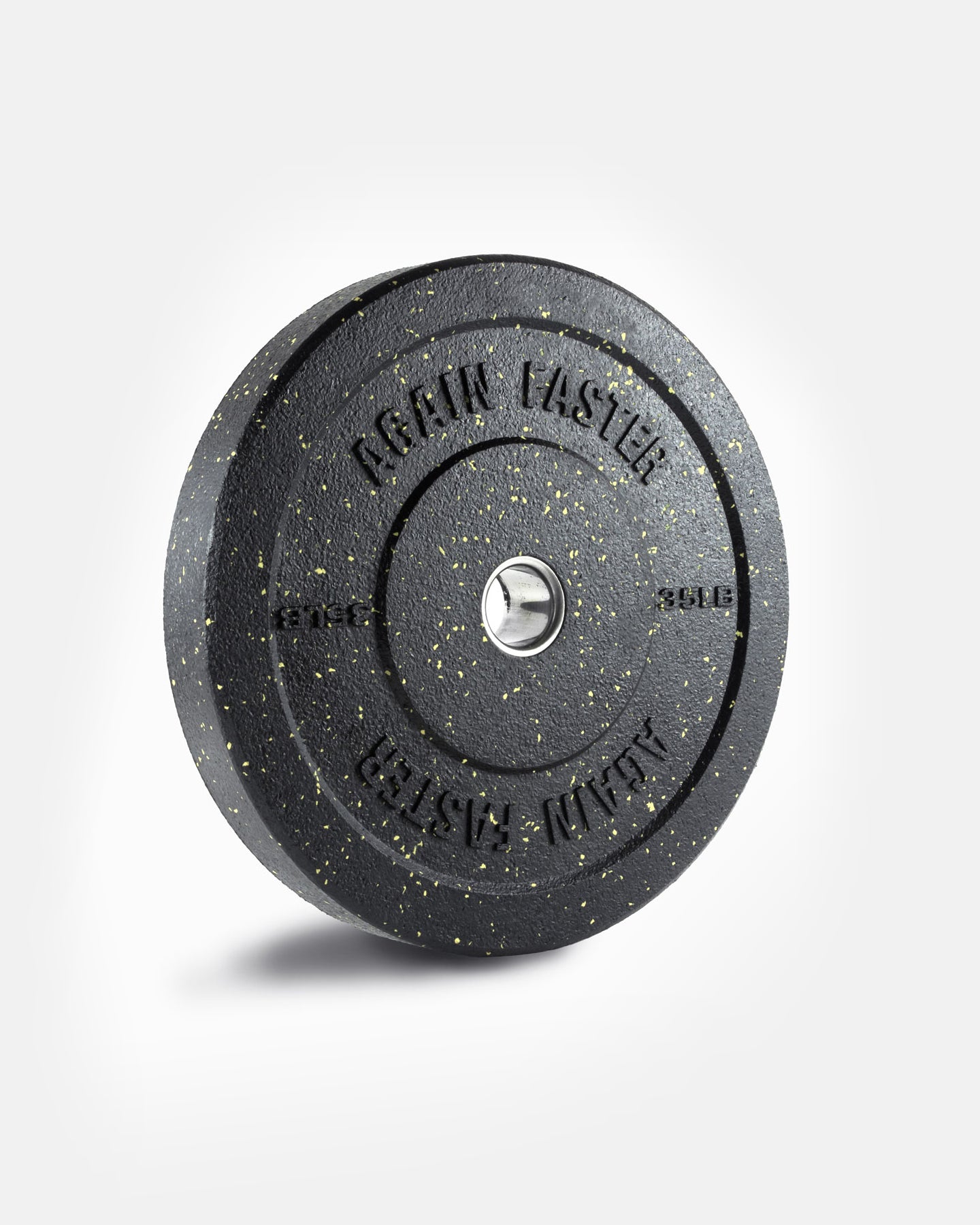Q: What's the primary difference between calisthenics training and weight training?
A: Calisthenics primarily relies on body weight for resistance, emphasizing compound movements and flexibility, while weights involve external resistance using dumbbells, barbells, and machines to target specific muscle groups.
Q: Can calisthenics and weight training be done on the same day?
A: Yes, they can be effectively combined for a balanced, full-body workout, as long as adequate rest is provided between different exercises.
Q: Is it possible to build muscle mass with calisthenics alone?
A: Absolutely. With progressive overload, challenging variations, and the addition of weighted vests or weight belts, calisthenics can lead to significant muscle growth.
Q: How do I transition from weights to calisthenics without losing strength?
A: The key is to maintain progressive overload. Start with mastering basic calisthenic exercises with correct form and gradually move to more advanced exercises. Incorporating weighted calisthenics in your strength training can also help in retaining and building strength.
Q: Which is safer for beginners: calisthenics or weight lifting?
A: Both can be safe with proper technique. However, beginners might find bodyweight exercises less intimidating and more natural to start with before adding additional weight. Always ensure proper form and consider seeking guidance from fitness professionals before moving to heavy weights.
Q: Do I need special equipment for weighted calisthenics?
A: While basic calisthenics doesn't require much equipment, weighted calisthenics can benefit from items like weighted vests, dip belts, and ankle weights to increase resistance.
Q: How often should I train with weights vs. calisthenics for balanced development?
A: It depends on your goals. A general recommendation is a 3-day split: one day dedicated to weights, one to calisthenics, and one blending both. Adjust frequency based on individual progress and recovery.
Q: Can I achieve cardiovascular benefits with both calisthenics and weights?
A: Yes. Circuit training with calisthenics or incorporating high-intensity interval training (HIIT) with weights can provide significant cardiovascular benefits.
Q: Which is more suitable for fat loss: calisthenics or weight training?
A: Both can aid in fat loss. Calisthenics often involves higher rep ranges and more movement, which burns calories. Weight training boosts metabolism by increasing muscle mass. Combining both can offer optimum results.
Q: How do I avoid plateauing in my fitness journey?
A: Introduce variety by mixing calisthenics and weights, regularly change up the exercises, intensity, and set-rep schemes, and ensure adequate nutrition and rest for recovery.
Q: Are there specific diets recommended for calisthenics or weight training enthusiasts?
A: While individual needs vary, both regimens benefit from a protein-rich diet to aid muscle repair and growth. Those focusing on weight training might need higher caloric intake, while those into calisthenics might emphasize flexibility-boosting foods. Always consult with a nutritionist for personalized guidance.
Remember, whether you prefer the bodyweight maneuvers of calisthenics, the resistance and intensity of weight training, or a fusion of both, the best workout is the one that you will stick to and enjoy. So, lace up your favorite trainers, hit the gym or the park, and start exploring the world of calisthenics and weights!












